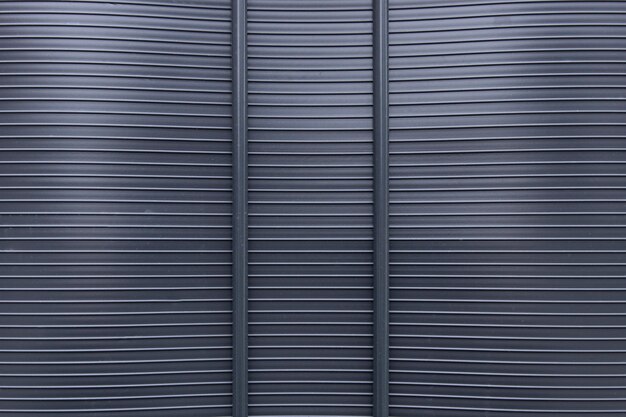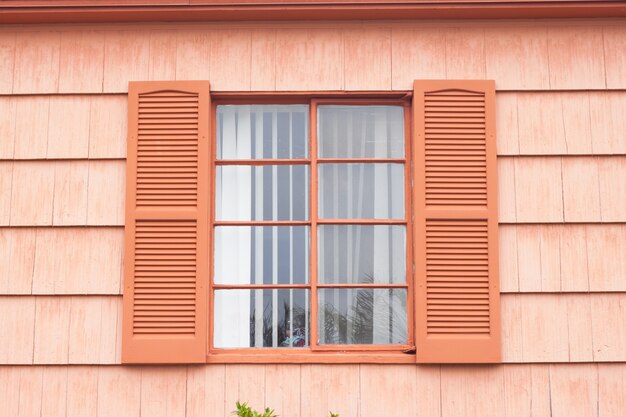Aluminium Cladding: Features and Benefits You Should Know
Aluminium cladding is a popular choice for construction projects, and for all good reasons. This material is durable, lightweight, and easy to work with, making it an excellent choice for a wide range of applications. In this article, we will take a closer look at some of the features and benefits of aluminium cladding.
Let’s start with discussing what exactly exterior Aluminium Cladding is –
Exterior aluminium cladding is a type of cladding or siding material used on the exterior walls of buildings. It is made from aluminium sheets that are cut and shaped to fit the exterior walls. These sheets provide a protective layer that shields the walls from external elements such as weathering, UV rays, and other environmental factors.
The aluminium sheets used for cladding are typically coated with a protective layer to enhance their durability and resistance to corrosion. This coating can also be customised with different colours and finishes to match the aesthetic of the building. Aluminium cladding is a popular choice for commercial and residential buildings due to its durability, low maintenance requirements, and aesthetic versatility.
What are the features and benefits of Exterior Aluminium Cladding?
Lightweight
Aluminium is quite a lightweight material. This feature makes it easy to transport and install which in turn reduces the load on the building structure. This feature is particularly important for high-rise buildings where the weight of the cladding can add a significant level of stress to the structure. By installing aluminium cladding, builders can reduce the overall weight of the building while still achieving the desired aesthetic and functional properties.
Durable
Aluminium is a highly durable material. It has the ability to withstand external elements and resist corrosion. These features make it an ideal material for exterior cladding that is exposed to harsh weather conditions. Aluminium is also resistant to rot, fading, chalking, and peeling. This means that this cladding style can last for many years without cracking. With a requirement of minimal maintenance, property owners can save a lot of time and money in the long run.
Design Flexibility
Since they come in a wide variety of finishes, colours, and textures, Aluminium Claddings provide a lot of flexibility and options in terms of design. This feature allows architects and builders to create looks and designs that can match the overall external appearance of the property. It can also be tailored to fit any architectural style. This feature makes Aluminium a versatile material that suits both modern and traditional buildings.
Energy efficiency
Another feature of Aluminium Cladding is energy efficiency. Since this cladding style provides a layer of insulation to your building, it helps in reducing heat loss which contributes to the improvement of the building’s energy efficiency. This also lowers the heating and cooling costs of the building, thus making it a cost-effective cladding option. It also makes your building have a reduced environmental impact. Since Aluminium Cladding is highly reflective in nature, it reduces the amount of solar heat that is absorbed by the building. This factor also enhances the building’s energy efficiency.
Waterproof
Unlike its traditional alternatives, Aluminium does not support the absorption of moisture. It is manufactured using a process called powder coating which involves applying a layer of protective coating onto its surface. Additionally, the joints between the aluminium panels are sealed using silicone or other waterproof sealants, further enhancing the waterproof properties of the cladding. This feature makes it effective against extreme weather conditions such as rain. This is why this cladding style is an excellent choice for areas that experience high levels of rainfall or humidity.
Easy installation
Since Aluminium is a versatile material, it can be made to suit a wide range of different designs tailored to fulfil certain requirements. It can be folded, bent, or curved into different shapes for visual effects or to match the desired aesthetics without damaging the outer layer of the coating. Unlike many of its alternatives, Aluminium is quite lightweight. Hence it can be easily lifted and held in place during the installation without any issues, making it a popular choice for both new construction and renovation projects. Customised Aluminium Cladding is often fabricated in advance, which reduces the overall installation time. This process is quite useful for projects involving larger buildings where time is a big constraint.
Fire and UV Resistance
Another key feature of aluminium cladding is fire resistance. Since it is a non-combustible material, aluminium is quite safe to use as a cladding option for both residential and commercial buildings. It can withstand high temperatures without melting or emitting any toxic gases. This feature makes it an ideal choice for exterior cladding in areas that are highly prone to wildfires.
Another benefit of exterior aluminium cladding is its ability to resist UV radiation. It is highly resistant to the damaging effects of the sun’s UV rays, which can cause fading, chalking, and discolouration. This means that this cladding style is an ideal choice for buildings that are exposed to direct sunlight or other types of radiation. This feature also helps in reducing the need for frequent maintenance and replacement.
Easily Customisable
Customisation is a key feature of exterior aluminium cladding. This allows architects and builders to create a unique look for their building projects. This cladding style can be customised in terms of colour, texture, and finish to meet the specific design requirements of a building. Aluminium Cladding comes with a wide range of design options. This factor can be particularly useful for buildings that require a certain aesthetic or are in a historic or conservation area. Additionally, aluminium cladding can be shaped and formed into a variety of profiles to fit any architectural style. This allows for a high degree of design flexibility and makes it possible to achieve unique and creative designs that would be difficult or impossible to achieve with other materials.
In conclusion, exterior aluminium cladding offers a wide range of features and benefits that make it a top choice for building construction and design. With its durability, lightweight nature, design flexibility, energy efficiency, fire resistance, and recyclability, aluminium cladding is a versatile material that can meet the needs of any building project. Whether you’re building a new home, office, or commercial space, aluminium cladding can provide the aesthetic, functional, and environmental benefits that you’re looking for.
When it comes to selecting the right building material, it is important to choose the right cladding option as it ensures the durability and appearance of the building’s exterior. With Mitten Vinyl, you can be confident that our Aluminium Cladding will definitely help you achieve your design goals. We offer high-quality, durable, and customised cladding solutions to meet your specific design preferences. Our team of experienced professionals will work closely with you to understand your needs and provide expert guidance and advice on the best options for your project. We use the latest technology and techniques to ensure that your aluminium cladding is of the highest standards. So what are you waiting for? Contact us today to learn more about our aluminium cladding services. We look forward to working with you to create a beautiful and durable exterior for your building.


